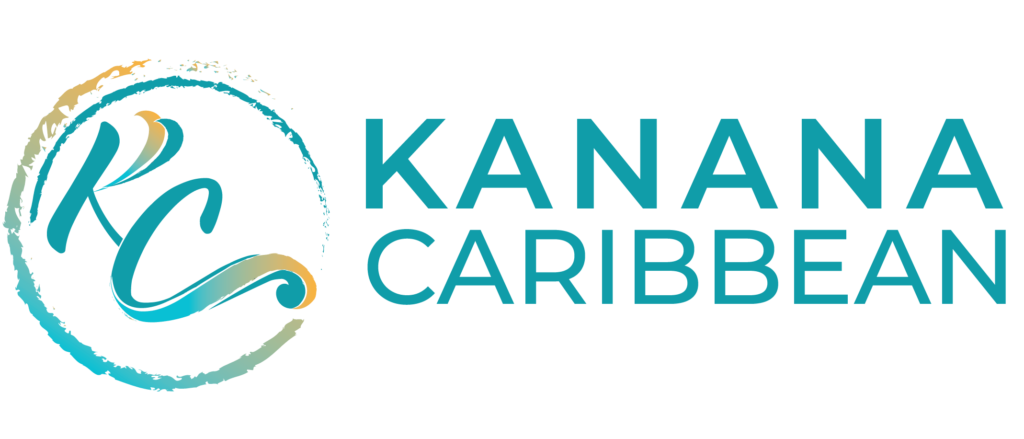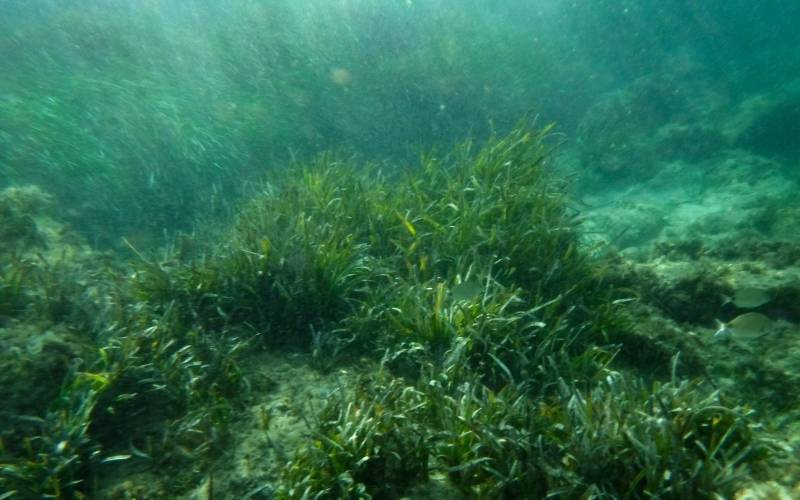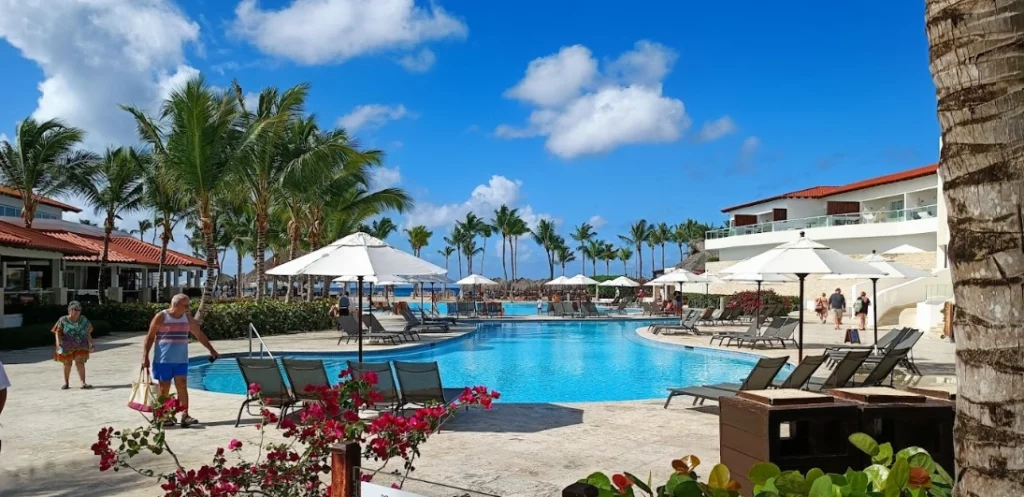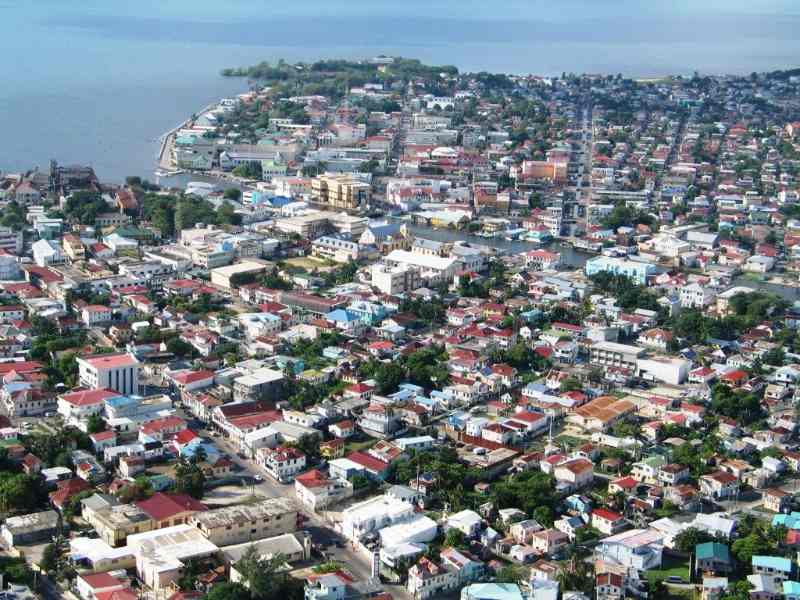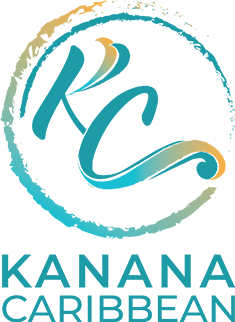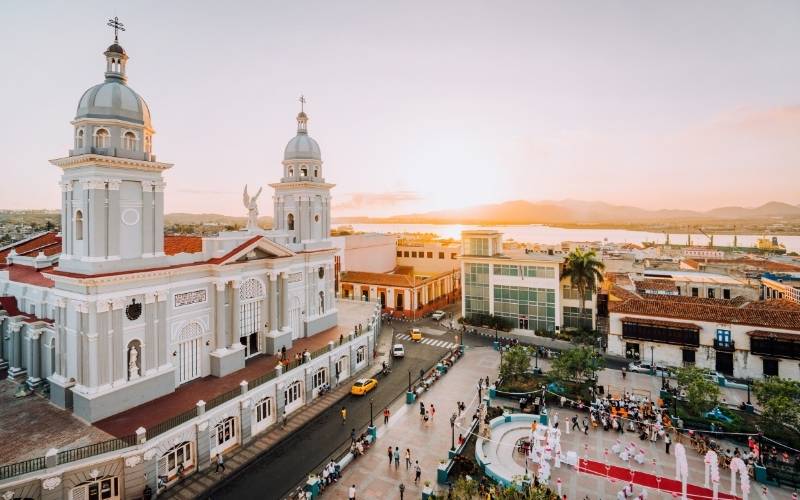
Home » The Interesting And Inspiring History Of Jamaica
The Interesting And Inspiring History Of Jamaica
Jamaica is an island nation in the Caribbean that is characterized by its verdant geography, which consists of mountains, rainforests, and beaches that are lined with reefs.
Reggae, Bob Marley, the world’s fastest sprinters, Blue Mountain coffee, Red Stripe beer, Jamaican rum, stunning beaches, jerk foods, magnificent all-inclusive resorts, and majestic waterfalls all have their roots in Jamaica and it is something Jamaica prides itself in.
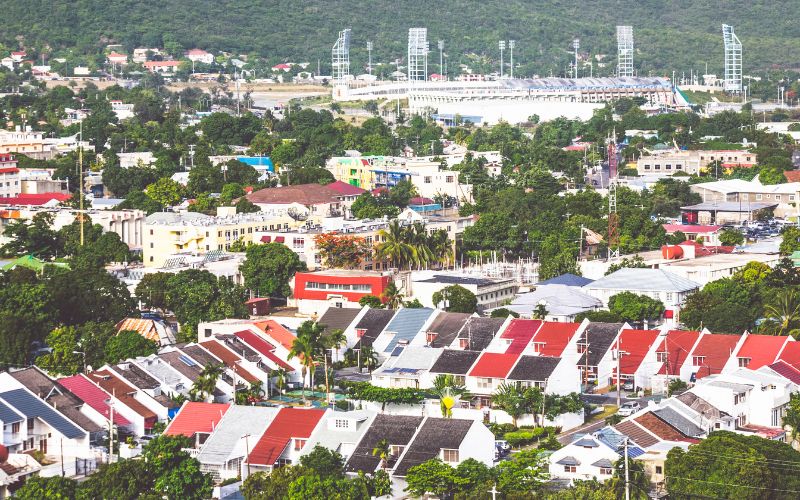
“Discover the vibrant tapestry of Jamaica’s captivating past and be inspired by its remarkable journey, from the birthplace of reggae to the triumphs of independence.”
Jamaica is a territory that has a character all its own; in fact, so much of its culture has made its way to other islands in the Caribbean, even the more remote ones, and this includes everything from the music to the fashion to the dialect. Jamaica is a truly unique place. Many worldwide musical performers have been affected by Jamaican Dancehall and Reggae, and this trend can be seen most clearly in the entertainment industry.
Jamaican culture has also gone global, which can be observed in the most significant way in the entertainment industry. As a consequence of this, an ever-evolving musical contribution has been produced, which is a combination of different people, places, and cultures. In addition to its music, Jamaica is well-known for a variety of other things, including its magnificent beaches, its many waterfalls, and a host of other things as well.
Table of Contents
History of Jamaica – Jamaica History Timeline
Where It All Began In Jamaica

“Embark on an enchanting voyage through time, from the Taino civilization to colonial influences and the heroic spirit of its people.”
It is generally accepted that Christopher Columbus was the first European to arrive in Jamaica. During his second trip to the Americas, which took place in 1494, he arrived on the island on May 5th.
During his fourth journey to the Americas, Christopher Columbus stopped again in Jamaica. On June 25, 1503, a storm caused his ships to go beached in St. Ann’s Bay, Jamaica. Before that, he had been sailing around the Caribbean for about a year. After being marooned on the island for an entire year, Christopher Columbus and his crew finally set sail in June 1504.
The island was given to the Columbus family by the Spanish crown, but for many years it was a relatively unimportant backwater that was primarily prized for its ability to provide a supply base for food and animal hides. In 1509, Juan de Esquivel established the first permanent European settlement in what is now known as New Seville, which was located on the northern shore of the continent.
A decade later, Friar Bartolomé de las Casas reported to the Spanish authorities about Esquivel’s behavior during the Higüey massacre in 1503. This event occurred in 1503. In the year 1534, the capital was relocated to the city of Villa de la Vega, which would eventually become Santiago de la Vega and is presently known as Spanish Town.
This colony, which was established in 1534 and continued to function as the capital of Jamaica until 1872 (when it was replaced by Kingston), was the seat of government for both Spanish and English Jamaica.
Many Arawak people were enslaved by the Spanish, and while some of them managed to escape, the majority of them perished as a result of European diseases and overwork. In addition, the Spanish were the ones who brought in the first African slaves. Around the beginning of the 17th century, when there were almost no Taino people left in the area, the population of the island was approximately three thousand.
This number included a small number of African slaves. The Spanish were dissatisfied with the absence of gold on the island, so they utilized Jamaica primarily as a military outpost from which to supply their colonization attempts on the American continent’s mainland. Because the Spanish colonists on the early missions did not bring women with them, they ended up taking Taino women as their common-law wives, which led to the birth of mestizo children.
You may also want to know the historical cultural music in Jamaica. Read here!
Arrival Of The British In Jamaica

“Let Jamaica’s fascinating history ignite your imagination and leave you with a profound appreciation for its enduring legacy. From conquerors to cultural icons, from rebellion to resilience, this extraordinary tale will captivate your senses and leave an indelible mark on your soul.”
Late in the year 1654, the English leader Oliver Cromwell sent the Western Design armada to attack the Spanish colonies that were located in the Caribbean.
An assault on the Spanish fort at Santo Domingo, which was located on the island of Hispaniola, was commanded by General Robert Venables in April of 1655. After the Spanish were able to thwart this poorly planned and conducted assault, the English force set sail for Jamaica, which was the only island in the Spanish West Indies that did not have any newly constructed fortifications.
Around 7,000 English soldiers landed close to the capital of Jamaica, Spanish Town, in May 1655 and quickly defeated the small number of Spanish forces. At the time, Jamaica’s whole population was just about 2,500 people.
After suffering defeat at the Battle of Ocho Rios in 1657 and the Battle of Rio Nuevo in 1658, Spain was never able to regain control of Jamaica. By transporting captives and indentured servants to Jamaica, Cromwell was able to expand the number of Europeans living on the island.
Because of the battles that were going on in Ireland at the time, approximately two-thirds of the population of Europe during the 17th century were Irish. However, because of the prevalence of tropical diseases, the number of Europeans remained below 10,000 until approximately 1740.
Even while the number of Africans held as slaves in the 1670s and 1680s never surpassed 10,000, by the end of the 17th century, the number of black people in the country had expanded to at least five times that of white people due to the importation of slaves. After that, the number of Africans living in Jamaica did not greatly expand until far into the 18th century. This was in part because ships traveling from the west coast of Africa chose to unload their cargo at the islands located in the Eastern Caribbean.
In Jamaica, the number of slaves did not surpass 45,000 at the beginning of the 18th century; nevertheless, by the year 1800, that number had climbed to over 300,000.
Maroons
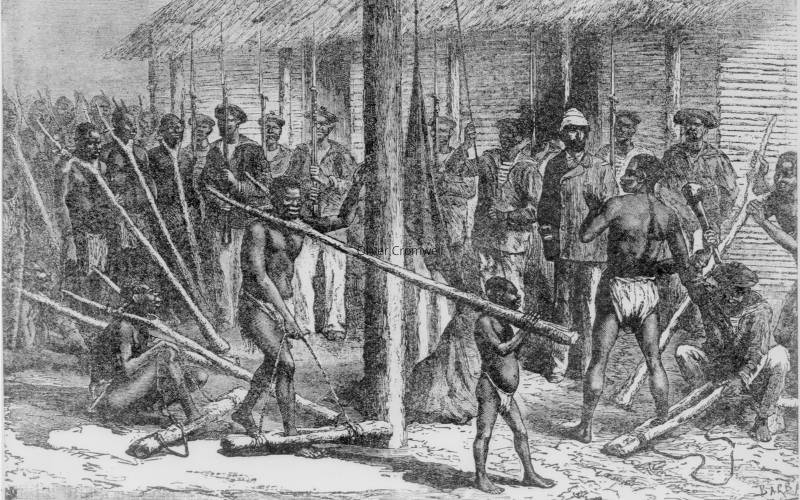
“Join us on this captivating journey through the fascinating history of Jamaica, where every chapter tells a story that will resonate with your heart”
In 1655, when the English conquered Jamaica, the Spanish colonists fled, taking a significant number of African slaves with them.
These slaves were then owned by the English. These formerly enslaved people of Spanish descent organized themselves under the leadership of two opposing captains named Juan de Serras and Juan de Bolas. These Jamaican Maroons intermarried with the indigenous Arawak people and developed different, autonomous settlements in the island’s mountainous interior.
They farmed only enough to meet their basic needs and carried out frequent attacks on plantations. Maroons eventually came to govern huge portions of the interior territory of Jamaica over time.
The House Of Assembly
Patterns of political behavior were formed in Jamaica in 1661 when the Stuart monarchs chose to send a civil governor to the island, and these behaviors continued to be seen well into the 20th century.
In 1662, Jamaica’s second governor, Lord Windsor, carried with him from England a proclamation that granted Jamaica’s non-slave population the same rights as English citizens, including the freedom to form their laws. This proclamation was issued by King Charles II.
Even though he was only in Jamaica for ten weeks, Lord Windsor was responsible for laying the groundwork for a system of government that was to endure for two hundred years. This system involved a governor who was appointed by the crown and who was advised by a council of nominated legislators.
The governor and an elected but mostly unrepresentative House of Assembly constituted the legislative branch of the government. The assembly, which was dominated by planters, was in a state of constant confrontation with the numerous governors and the Stuart kings for several years; in addition, there were factions within the parliament that were at odds with one another.
Charles II, James II, and the assembly were at odds with one another during the better part of the 1670s and 1680s on a variety of issues, including the purchase of slaves from ships that were not operated by the royal English trading firm.
The planter oligarchy was removed from power by Christopher Monck, the 2nd Duke of Albemarle, the final governor of the Stuart dynasty. Christopher Monck was more interested in treasure hunting than in planting throughout his time in government. The planters who had fled Jamaica to London after the duke’s death in 1688 were successful in their efforts to urge King James II to order a return to the political setup that existed before the Albemarle (the local control of Jamaican planters belonging to the assembly).
Jamaica's Pirates
After being defeated in 1655, Spain made several unsuccessful attempts to regain control of Jamaica. In response to this, in the year 1657, Governor Edward D’Oyley extended an invitation to the Brethren of the Coast to make Port Royal their home port and settle there.
The Brethren were a group of pirates who were descendants of cattle-hunting boucaniers (later Anglicized to buccaneers), who had converted to piracy after being robbed by the Spanish. These cattle-hunting boucaniers had switched to piracy after being robbed by the Spanish (and subsequently thrown out of Hispaniola).
The interests of the Spanish were seen as the greatest threat to the town, therefore it was no surprise that these pirates focused their attacks on Spanish vessels.
After a while, these pirates eventually became legal English privateers and were awarded letters of marque by the governor of Jamaica.
KEY TAKEAWAYS ...🛪
Now that you’ve read up on the history of Jamaica and the story of resilience you know that it is more than just an exotic tourist resort.
Visit Kanana Caribbean for more island facts, vacation planning, sightseeing, travel deals, and upcoming events.
